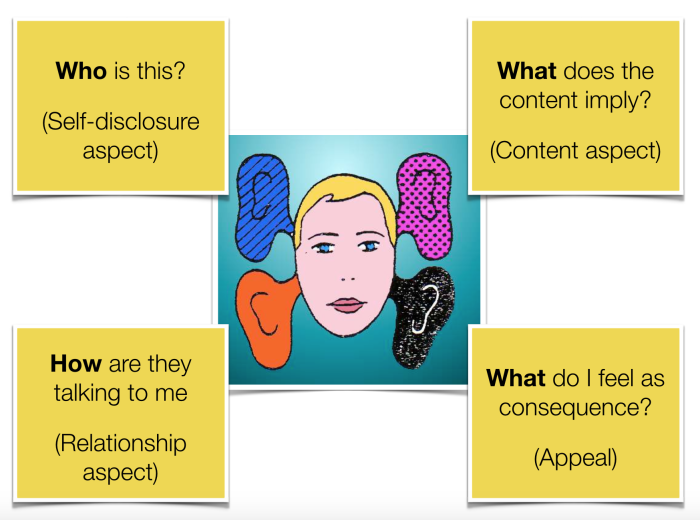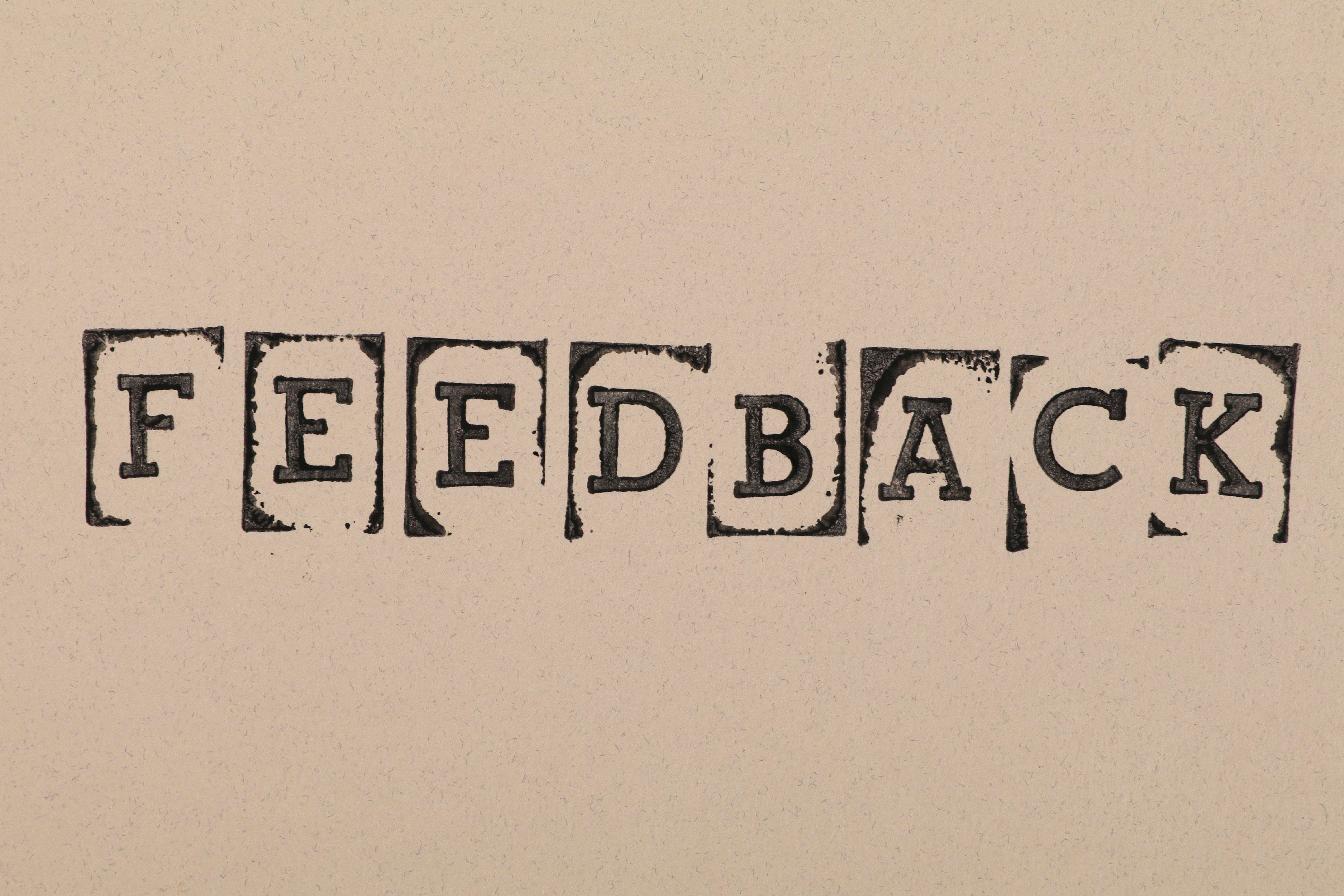5.2.1 Communication during the mobility
| Site: | Moodle |
| Course: | DAMAS "Digital Apprentices Mobility in the Automotive Sector" |
| Book: | 5.2.1 Communication during the mobility |
| Printed by: | Guest user |
| Date: | Thursday, 17 April 2025, 4:45 AM |
Communication
During a blended and even more during a
fully virtual mobility, you will need to care for communication between you and
your colleagues and manager.
The aims are as follows:
- to increase work efficiency from both sides
- to avoid misunderstandings
- to keep up or boost motivation
Definition of communication
- Communication is understanding - (mutual) exchange of information through different "channels".
- Information can be knowledge/assumptions about facts, conditions, etc.
- Possible channels: verbal (direct - indirect), non-verbal (facial expressions, gestures, signs), or written, etc.

Foto von fauxels von Pexels
Importance of communication
- It is the basis of (inter-) human encounters and is decisive for how we feel with other people (and thus also ourselves).
- The exchange with other people forms an important basis for our view of ourselves and the world, which in turn influences the way we communicate.
- By improving our ability to communicate, we contribute to a better life for ourselves (and the people we communicate with). Better communication is also self-care.

Ways of communication
There are certainly ways of communicating that can help you to communicate more positively in certain situations:
Body language and emphasis
Body language includes:
- posture (arms, legs open or crossed; crouched, upright)
- facial expressions (eyes, mouth, facial features)
- gestures (movements).
=> It "says" (unconsciously) a lot about us (or can be interpreted as such by others), e.g. how is our mood, how motivated are we, do we feel well, approval or disapproval.


The 4 sides of a message
4 levels of communication (according to Schulz von Thun)
https://commons.wikimedia.org/wiki/File:Four-sides-model_en.svg


The receiver hears:
- factual information: this is how it is, this is how the sender sees it
- A self-revelation: this is how the sender is, this is how he/she is, this is the type of person he/she is
- A relationship statement: this is how the sender sees me/our relationship
- An appeal/ a request: this is what is expected, this is what I should do
Often during communication, the participants "concentrate" (consciously focus) on different levels, which can lead to complications.
How content is "meant" and "understood" depends on the persons, their relationship, mood and previous experiences. Therefore, it can be important to be aware that other people often do not understand "content" the same way I mean it, or not everything is meant the way I understand it.
Ideas on how to express oneself more efficiently on the 4 levels:
The “4 ears model” or communication square in intercultural communication
The communication square can also be used in intercultural encounters, as the four different sides are addressed in each culture.
It should be noted, however, that cultures have or make different preferences and evaluations of the four message aspects.
Our view and our experiences shape our communication
Every person sees the world differently …depending on experience, personality, etc.
Self-awareness can improve your communication during the mobility
Giving and receiving feedback during the mobility
Source: FIT - Communication – Summary, lecturer: Thomas Binder

Task
|
Read through the following two example situations and note down for both sender and receiver which messages are sent and received at the respective levels. |
|
Example 1 Man: What is the green in the sauce? Woman: My God, if you don't like it here, you can eat somewhere else!
Example 2 Man: You, there's green up ahead! Woman: Are you driving or am I? |
Solution Task
|
Example 1 Man: What's the green in the sauce? Woman: My God, if you don't like it here, you can eat somewhere else!
Example 2 Man: You, there's green up ahead! Woman: Are you driving or am I!?
In both example situations you can clearly see that the woman hears the man's statements on the relationship ear and feels belittled by them. Now it is possible that the man wanted to refer more to the appeal side and that the weight of his statement was not on the relationship level. This is how conflicts and misunderstandings arise in these situations. => Both people are responsible for the quality of the communication! |
Communication test
|
Now you can test for yourself in which ear you actually hear the most. Follow the link and complete the test: |
Instructions: You have to scroll down a bit on that website until this picture appears and then klick onto the button "let`s get started":
